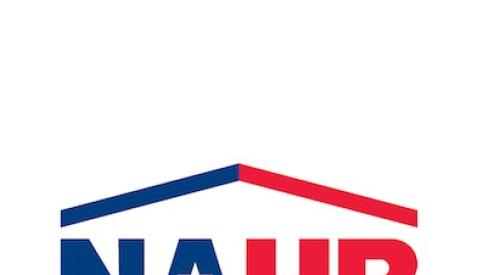Regulations imposed by local, state, and federal government agencies account for an average of more than 32 percent of multifamily construction costs, the National Association of Home Builders (NAHB) told Congress during a recent hearing.
Overregulation affects all phases of development and building processes, testified Steve Lawson, president of Virginia-based real estate firm The Lawson Companies, to the U.S. House of Representatives Financial Services Committee’s Subcommittee on Housing and Insurance.
The hearing on regulatory barriers to production of affordable multifamily housing was prompted in part by a recent NAHB and National Multifamily Housing Council study.
Lawson said that such government regulations add layers of compliance costs, including “applying for zoning and subdivision approval, environmental mitigation, and permit, hook-up, impact, and other fees paid by the builder.”
Added costs for multifamily development include:
- Building code changes since 2008: 7.0 percent.
- Supplementary development requirements: 5.9 percent.
- Other nonrefundable site fees: 4.2 percent.
- Applying for zoning approval: 4.0 percent.
- Building construction authorization: 3.9 percent.
- OSHA requirement compliance: 2.3 percent.
“Multifamily builders and developers are seeing strong demand,” Lawson told the subcommittee, adding, “but some developers have had difficulty getting projects off the ground due to regulatory burdens.”
NAHB urges policy makers to ease regulatory burdens and improve affordability by:
- Removing barriers to production.
- Ensuring cost-effective energy codes and standards with a 10-year payback period.
- Considering the cumulative effects of a new mandate protecting public health and safety.
- Updating Davis-Bacon wage determination policies.
- Resolving tariff-related issues, which have needlessly raised the price of materials.
Maintaining and properly funding federal rental assistance and multifamily production programs to serve very low- and extremely low-income Americans.
- Access a PDF of this article in Pro Builder's October digital edition













